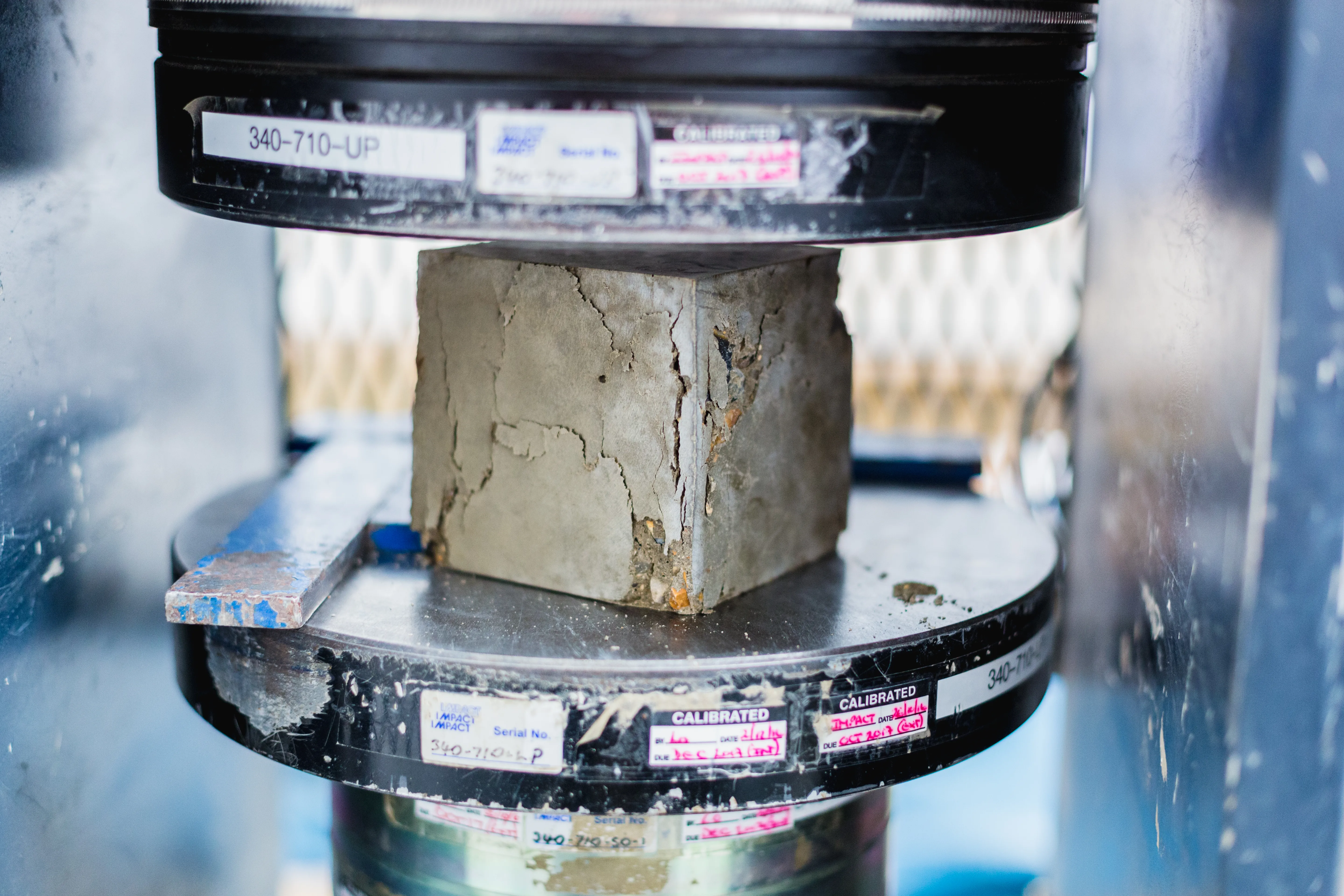IMACS2 is its third-generation Integrated Multi-Axis Control and data-acquisition System (IMACS). UTS Neutron is the second-generation dynamic materials testing and analysis software.
IMACS2’s attributes include 24bit data resolution, up-to 200kHz data sampling, 5 to 25kHz loop closure and an in-built colour display. “You can be assured that your tests are performed with minimum variability, precisely to specification and results are totally accurate with no peak, trough or failure point being missed,” said IPC Global.
IMACS2 has been designed to be modular and scalable so users can add additional axes of control and data acquisition channels when required. The smart “plug & play” transducers aim to eliminate set-up errors and save valuable time: whatever compatible transducer is plugged in, the controller will know what to do. Tests can be set up directly on the controller for from a PC.
To optimise the number of systems it can control, IPC Global has designed IMACS2 with a large range of external interfaces including Gigabit and 100Mb ethernet, USB, RS232/485, CAN bus, GPIO, ESTOP, HDMI, Servo valve outputs, solenoid outputs, servo motor control and encoders. Its flexibility means that it can effectively retrofit almost any exist8ing testing system, says the manufacturer.
IMACS2 has also been designed to be future-proof. “Right now, in spite of the cutting-edge performance, we are only using a small portion of its power. The potential for further development is practically unlimited,” said IPC Global. New functions and technology will be added as they are available.
IPC Global has designed its testing and analysis software UTS Neutron, the next step up from UTS, to accommodate a wide range of users from the very basic to the experimental. It will be available in three licence levels: UTS Neutron Essential for easy testing to national standards; UTS Neutron Performance which allows existing tests to be tweaked; and UTS Neutron Developer for users who are looking for a open system which allows tests to be created from scratch.
Access rights for each of the versions are totally configurable. For example, an operator may only need basic access, allowing them to change settings to perform a test, whereas a laboratory manager will need broader access and abilities to make changes.
Both IMACS2 and UTS Neutron have forward and backward compatibility. That is, UTS and UTS Neutron can be used with either an IMACS controller or an IMACS2 controller.
New control system and software from IPC Global
CONTROLS Group company IPC Global has updated both its controls system and testing software.
IMACS2 is its third-generation Integrated Multi-Axis Control and data-acquisition System (IMACS). UTS Neutron is the second-generation dynamic materials testing and analysis software.
IMACS2’s attributes include 24bit data resolution, up-to 200kHz data sampling, 5 to 25kHz loop closure and an in-built colour display. “You can be assured that your tests are performed with minimum variability, precisely to specific
December 12, 2018
Read time: 3 mins








